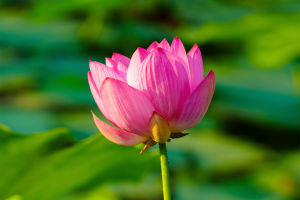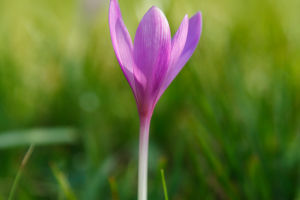Cacti have long fascinated nature enthusiasts, and they have a unique place in both natural ecosystems and human culture. Often associated with desert landscapes, cacti possess distinct characteristics that allow them to thrive in harsh, dry environments.
In this article, we will explore the different aspects of cacti, from their unusual appearance to their versatile uses. Whether you're a plant lover, a gardening enthusiast, or just someone curious about these amazing plants, this article will provide you with a detailed and informative guide.
What Are Cacti?
Cacti belong to the Cactaceae family and are primarily found in the Americas, especially in tropical and arid regions. While they are often considered succulent plants, cacti are classified separately due to their unique features. Cacti are designed to conserve water, with thick, fleshy stems that store moisture for survival in the dry conditions they call home. There are approximately 150 genera and nearly 2000 species of cacti, each displaying distinct adaptations for life in extreme environments.
Physical Features of Cacti
One of the most noticeable features of cacti is their stem. Unlike other plants, the stems of cacti are succulent and fleshy, evolved specifically to store water. The surface of these stems can be smooth, ribbed, or tuberculate, with some cacti showing more pronounced features when they are water-deprived. The stem plays a key role in photosynthesis, which is crucial for the plant’s survival. Many cacti also have a waxy coating on their stems, which helps to minimize water loss.
The Role of Spines
Cacti are well-known for their spines, which grow from structures called areoles. The spines serve several purposes, including reducing water loss, deterring herbivores from feeding on them, and offering shade to the plant’s surface. Interestingly, some cacti also produce spines that are soft or hair-like, further aiding in water conservation.
The Adaptation of Cactus Roots
Most cacti have shallow, widespread roots that cover a large area to absorb as much rainwater as possible. When the soil becomes dry, these fine roots die off, while the larger, more robust roots are covered with a corky layer to protect them. Once the soil becomes moist again, the cactus roots quickly regenerate and begin absorbing water and nutrients. Some larger cactus species have thick, fleshy taproots that can store water, helping to stabilize the plant during dry periods.
Cactus Flowers: A Spectacular Display
Cactus flowers are another stunning feature of these plants. Typically, the flowers are solitary and radially symmetrical, although there are some species that form clusters. The blooms can vary in color, from white and yellow to red and magenta. The petals and sepals of cactus flowers are often arranged in a cylindrical structure, and they can feature intricate patterns. The cactus flower is often surrounded by bracts, and its reproductive parts, such as the stamen and pistil, are housed within the tubular structure of the flower.
Why Cacti Are So Special
Cacti are not just aesthetically pleasing plants; they also play important roles in various ecosystems and human industries. Their ability to store water allows them to survive in arid regions, making them crucial components of desert landscapes. Cacti also provide food and shelter for numerous animals, and their fruits, such as the prickly pear, are edible and commonly consumed in many cultures.
Furthermore, cacti have been used in various ways throughout history. The juice of certain cacti is used to produce a red dye, while the plant's flesh and fruits are used for food. In addition, cacti have medicinal properties and have been used in traditional remedies for a variety of ailments.
Embracing the Wonders of Cacti
In conclusion, cacti are more than just desert plants – they are a testament to the incredible resilience of nature. Their ability to adapt to extreme environments, conserve water, and thrive in challenging conditions is a testament to their unique evolutionary traits. Whether you're growing them in your garden, learning about their cultural significance, or marveling at their beauty in the wild, cacti are truly a wonder of the natural world.
Lykkers, we hope this article has given you a deeper understanding of the fascinating world of cacti! Whether you're a seasoned gardener or just starting out, these incredible plants have a lot to offer. Keep exploring, and let the wonders of nature inspire you!


